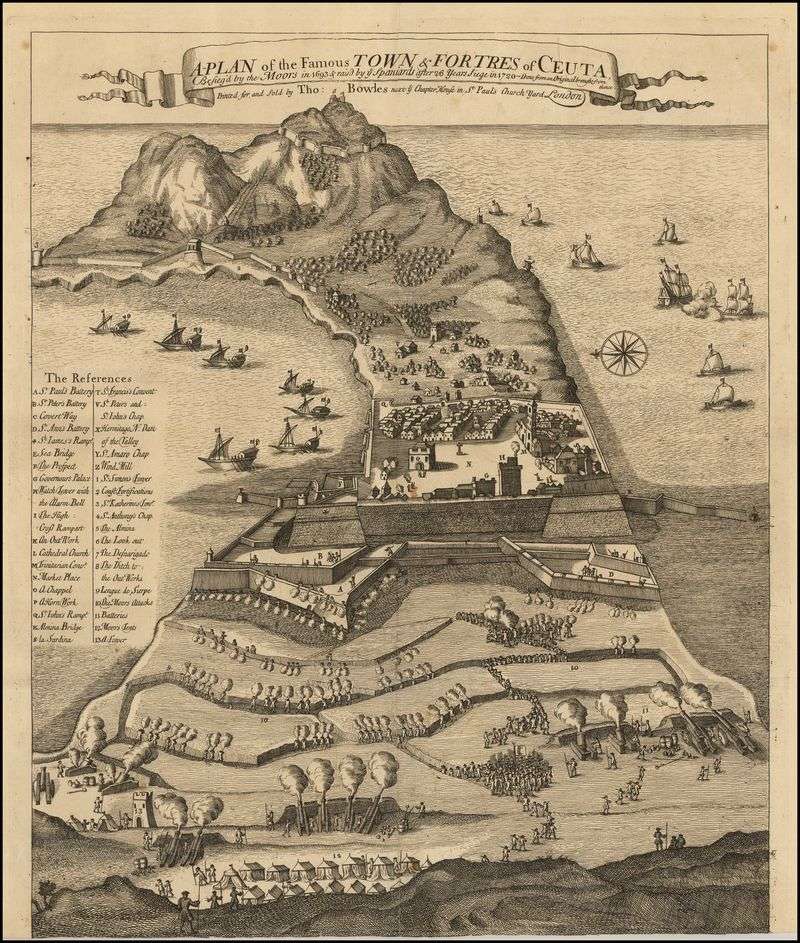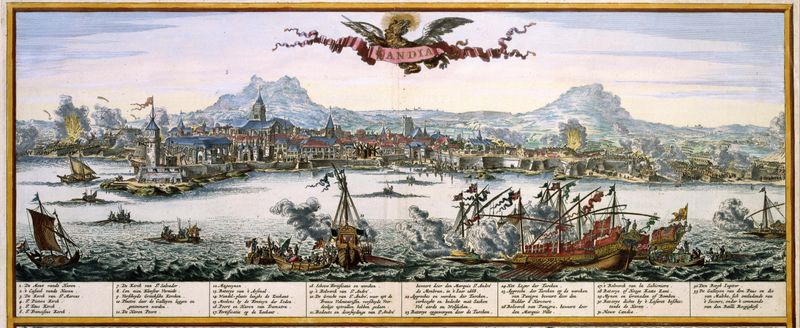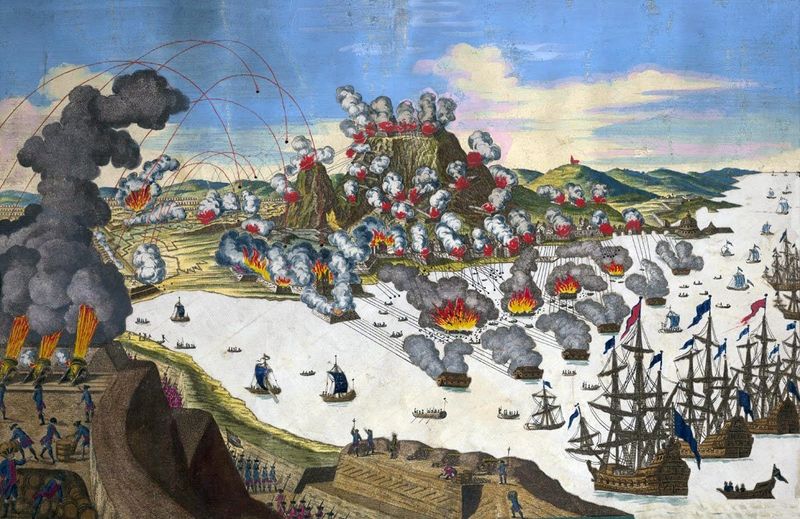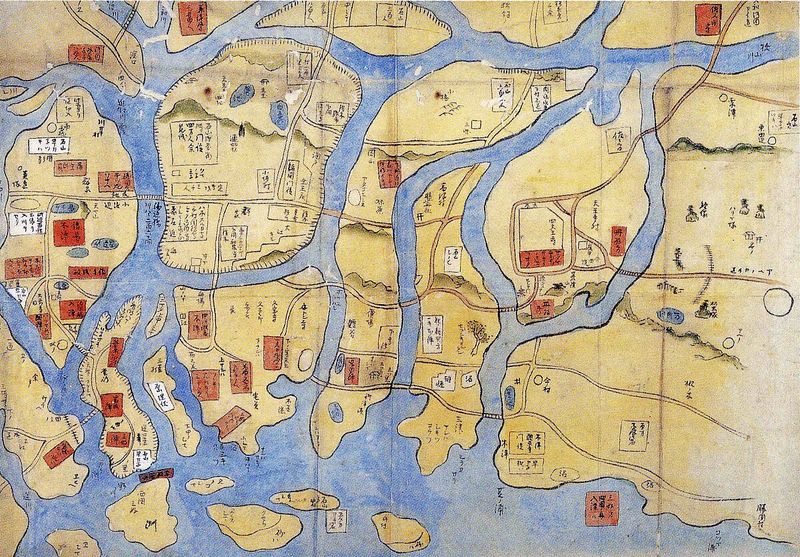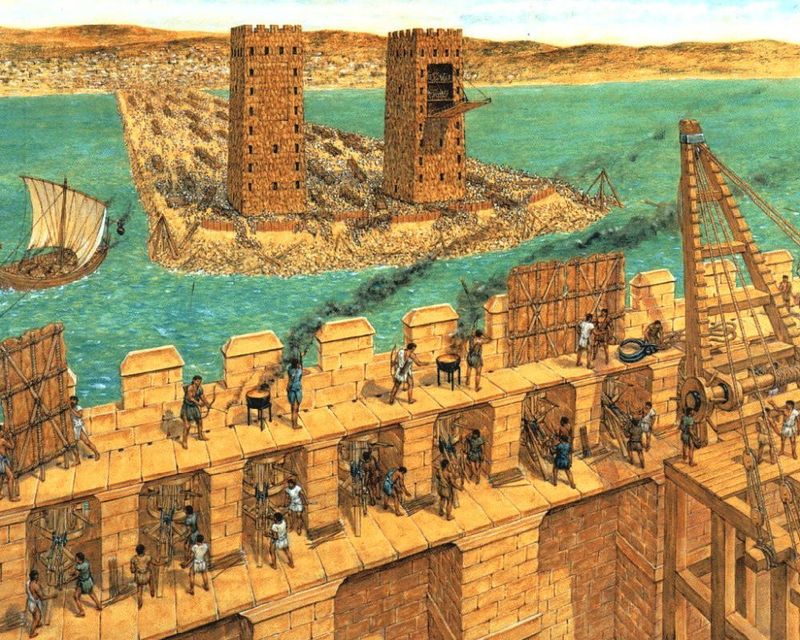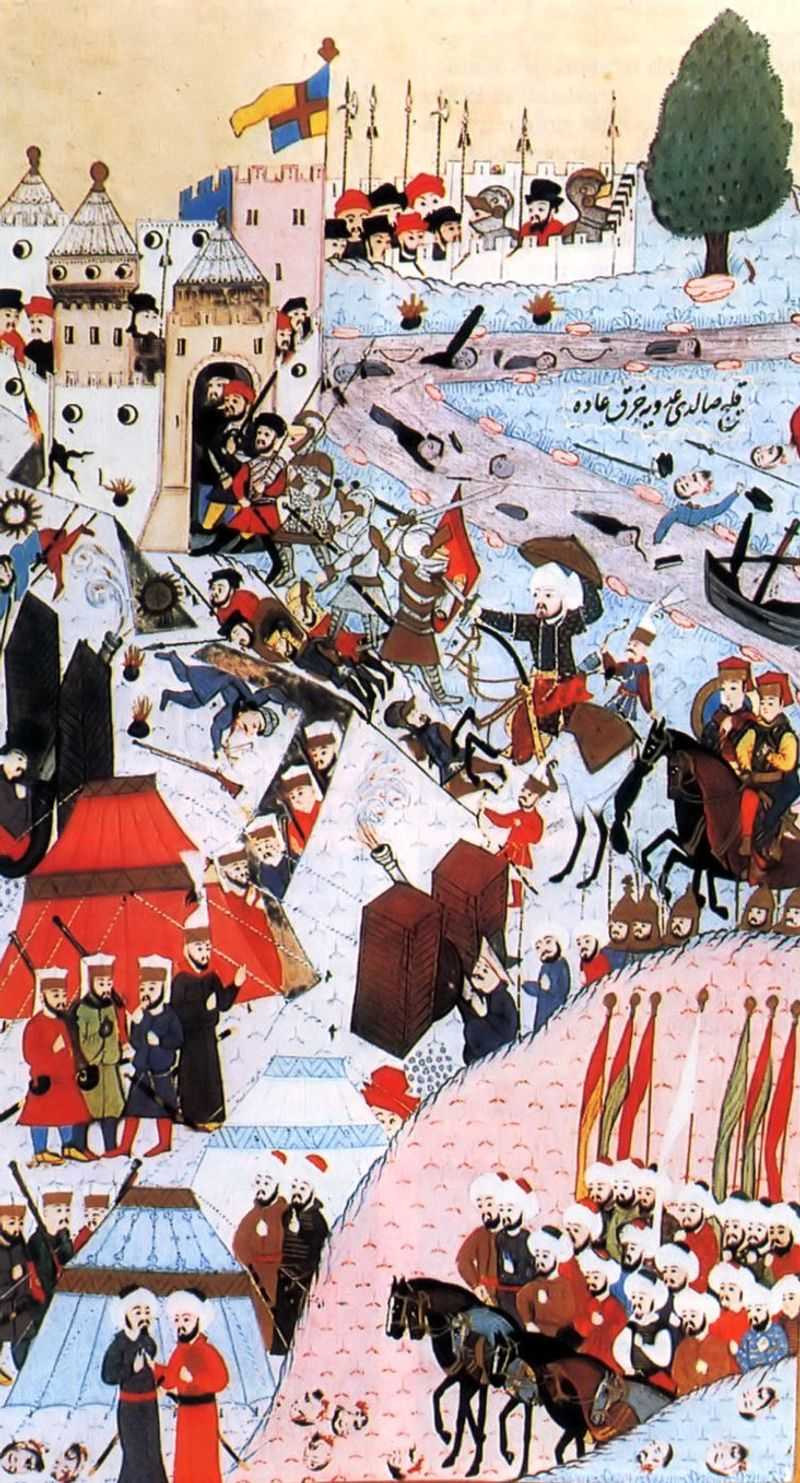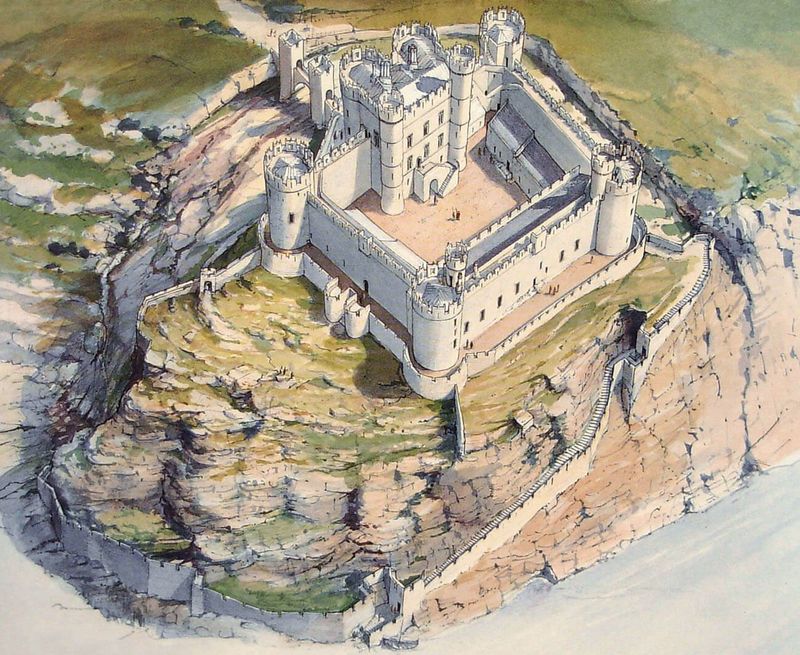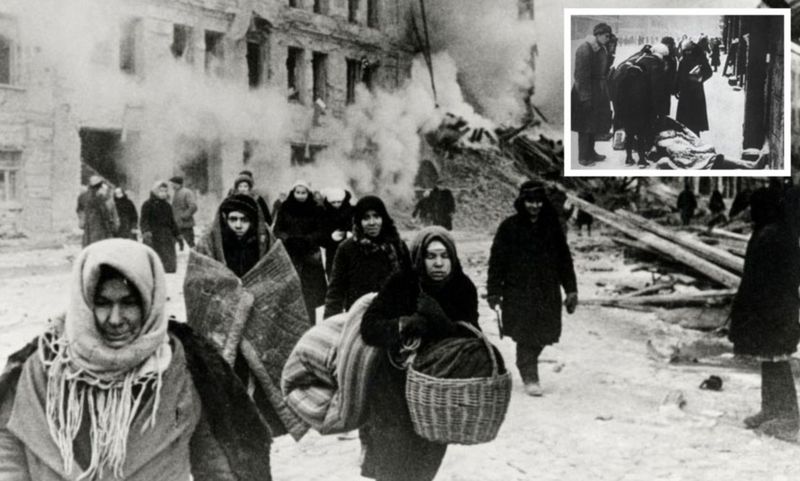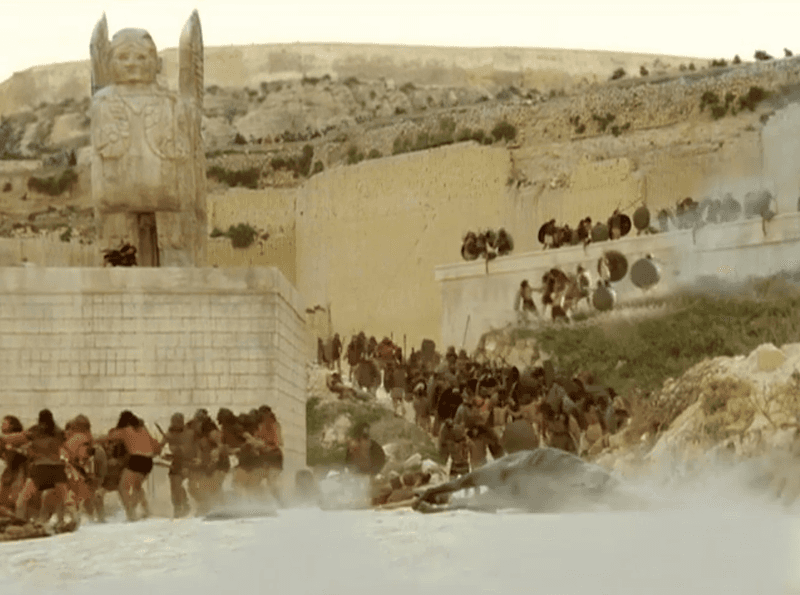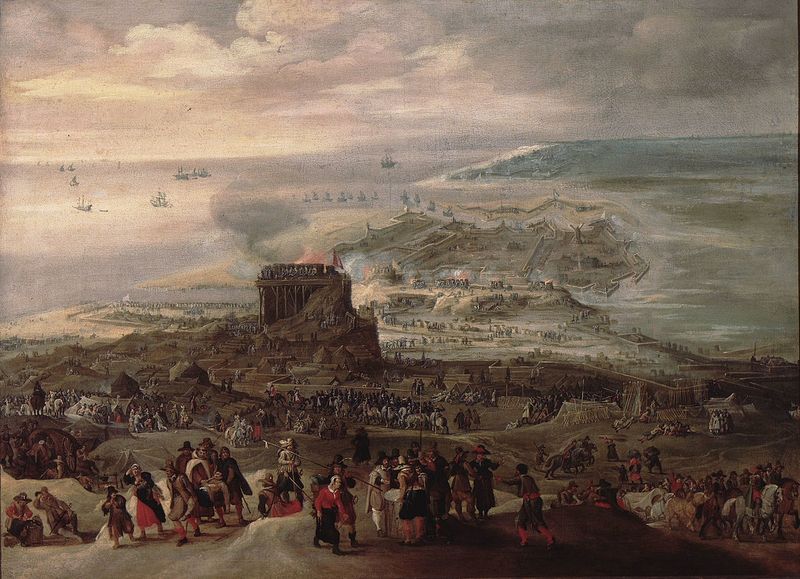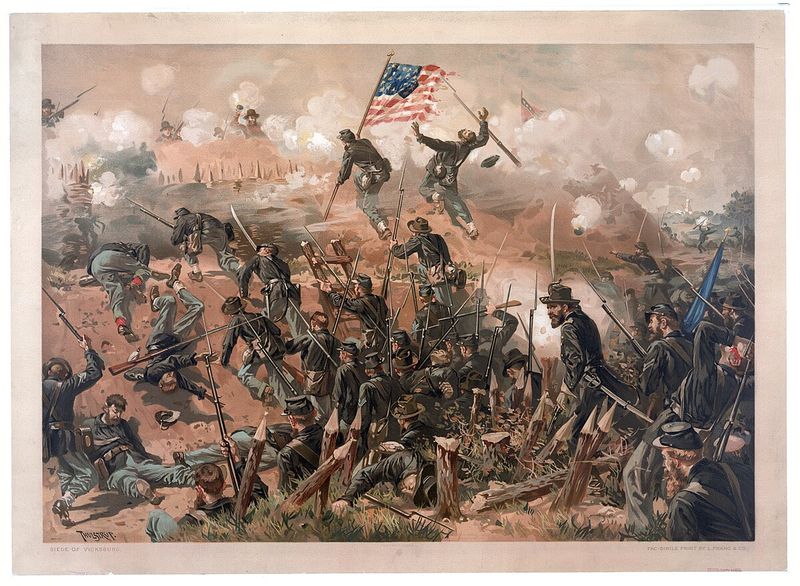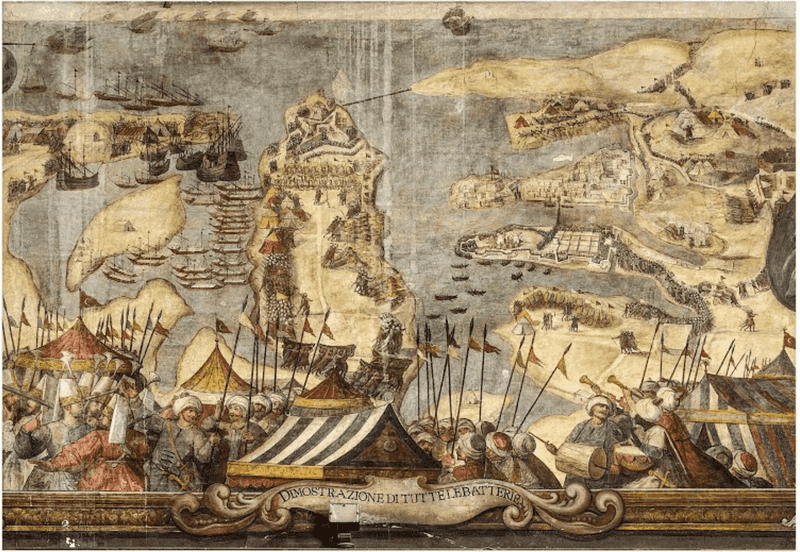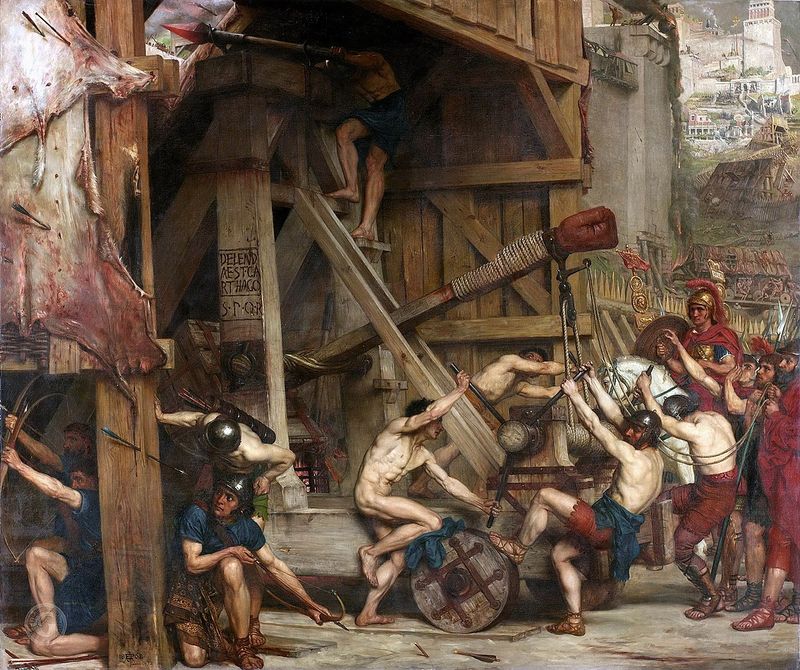Throughout history, armies have surrounded cities, fortresses, and strongholds, sometimes for incredibly long periods. These epic standoffs tested human endurance, military strategy, and the will to survive. From ancient civilizations to modern conflicts, prolonged sieges have shaped empires, changed borders, and written some of history’s most dramatic chapters. Let’s explore ten remarkable sieges that lasted far longer than anyone expected.
1. Siege of Ceuta (1694–1727)
For an astonishing 33 years, Moroccan forces attempted to reclaim the fortress city of Ceuta from Spanish control. Soldiers on both sides grew old waiting for resolution as the conflict stretched across generations. Supply ships from mainland Spain kept the defenders alive through repeated blockades. The Moroccans tried everything from direct assaults to starvation tactics, yet the Spanish garrison held firm behind massive stone walls that still stand today. This marathon siege finally ended with Spanish victory, securing their foothold in North Africa for centuries to come. Few conflicts in history have demanded such extraordinary commitment and patience from opposing forces.
2. Siege of Candia (1648–1669)
Blood-soaked beaches and shattered walls marked the 21-year Ottoman campaign to capture Crete from Venetian defenders. Candia (modern Heraklion) witnessed one of history’s most resource-draining conflicts, with over 100,000 Ottoman casualties. Engineers dug elaborate tunnel networks beneath the city walls while defenders countered with their own underground passages. The resulting mine warfare created thunderous explosions that could be heard miles away. Christian European powers sent volunteers and supplies, turning the siege into an early clash of civilizations. When Candia finally surrendered in 1669, the victorious Ottomans gained little more than rubble and graves for their decades of effort.
3. Siege of Gibraltar (1779–1783)
Standing defiantly on Europe’s doorstep, Gibraltar endured nearly four years of Spanish and French bombardment during the American Revolutionary War. British defenders clung to their rocky fortress while facing starvation, disease, and innovative floating artillery platforms designed to breach their defenses. September 1782 brought the dramatic “Grand Assault” when 60,000 allied troops supported by 47 ships attacked simultaneously. Against impossible odds, just 7,000 British troops repelled them all. The defenders’ secret weapon? Heated cannonballs that set wooden ships ablaze. This ingenious tactic helped secure Gibraltar as a British territory, a status it maintains today, much to Spain’s continued frustration.
4. Siege of Ishiyama Hongan-ji (1570–1580)
Samurai warlord Oda Nobunaga met his match in the fortress-temple of Ishiyama Hongan-ji. For a decade, warrior monks and their allies defied Japan’s most powerful military leader from behind massive walls. What made this siege extraordinary was the religious fervor driving the defenders. Thousands of commoners joined Buddhist monks in resisting Nobunaga, whose notorious brutality only strengthened their resolve. Naval blockades eventually cut off supplies to the fortress. Even then, surrender came only after intervention from the Emperor himself. The siege’s length frustrated Nobunaga’s plans to unify Japan and showed how spiritual conviction could match military might in feudal Japanese warfare.
5. Siege of Tyre (586–573 BC)
Ancient Tyre seemed unconquerable – an island city with towering walls rising directly from the Mediterranean Sea. Babylonian King Nebuchadnezzar II spent an astonishing 13 years trying to capture this Phoenician trading powerhouse. Merchants continued operating throughout much of the siege, bringing supplies by sea while Babylonian forces controlled the mainland. Archaeological evidence suggests the attackers attempted to build a causeway to reach the island, a strategy Alexander the Great would successfully employ centuries later. Few details survive about how the siege finally ended. We know Tyre eventually fell, but the extraordinary defense mounted by its citizens established their reputation for engineering brilliance and stubborn determination that echoed through ancient texts.
6. Siege of Thessalonica (1422–1430)
As the Byzantine Empire crumbled, Thessalonica endured eight years of Ottoman pressure. The city’s desperate citizens even handed control to Venice, hoping the maritime power could save them from Sultan Murad II’s advancing armies. Daily life continued under siege conditions, with food gradually becoming scarce as Ottoman forces tightened their grip. Venetian ships brought occasional relief but couldn’t break the stranglehold. When Ottoman forces finally breached the walls in 1430, they unleashed three days of unrestricted plundering. Thousands were enslaved, and magnificent churches became mosques. The fall of this major Byzantine city signaled the empire’s inevitable collapse, which came just 23 years later when Constantinople itself fell to Ottoman forces.
7. Siege of Harlech Castle (1461–1468)
Perched dramatically on Welsh cliffs, Harlech Castle became the last Lancastrian stronghold during England’s Wars of the Roses. For seven years, a small garrison defied King Edward IV while most of Britain had already accepted Yorkist rule. The castle’s ingenious design included a fortified stairway to the sea, allowing supplies to reach defenders despite the siege. Commander Dafydd ap Ieuan earned immortality in the folk song “Men of Harlech,” still sung today, celebrating their remarkable resistance. When a Yorkist innovation finally cut off the sea route, surrender became inevitable. The siege’s extraordinary length demonstrates how well-designed medieval castles could withstand attacks almost indefinitely when properly supplied, making them worth their enormous construction costs.
8. Siege of Leningrad (1941–1944)
The most devastating siege of modern times trapped 3 million civilians in Leningrad (now St. Petersburg) for 872 days. Nazi forces deliberately starved the population, causing over a million deaths from hunger and cold. During the worst winter, daily rations dropped to just 125 grams of bread – mostly sawdust and cellulose. People ate wallpaper paste, leather, and pets to survive. Despite these horrors, factories continued producing munitions, and the Leningrad Symphony Orchestra famously performed Shostakovich’s Seventh Symphony as an act of defiance. A narrow supply route across frozen Lake Ladoga became known as the “Road of Life,” bringing minimal supplies and evacuating some civilians. The siege represents both humanity’s capacity for cruelty and its remarkable resilience in the face of unimaginable suffering.
9. Siege of Troy (c. 1194–1184 BC)
Half history, half legend, the decade-long siege of Troy remains western civilization’s most famous military standoff. Greek warriors led by Agamemnon besieged the wealthy city after Paris of Troy allegedly abducted Helen, wife of King Menelaus. Homer’s Iliad immortalized the conflict’s ninth year, featuring heroes like Achilles and Hector. Archaeological excavations at Hisarlik, Turkey, reveal a city that was indeed destroyed around this period, suggesting some historical basis for the epic. The siege famously ended through trickery rather than direct assault. Greek warriors hid inside a massive wooden horse – presented as a gift – then emerged at night to open the city gates. This ancient tale established the enduring “Trojan Horse” metaphor still used today.
10. Siege of Ostend (1601–1604)
In the early 17th century, the Siege of Ostend became a focal point of the Eighty Years’ War. Lasting over three years, this siege was marked by its intensity and the heavy casualties on both sides.
The Spanish forces aimed to reclaim the strategic port city from the Dutch rebels. Despite the overwhelming odds, the Dutch defenders exhibited remarkable tenacity.
Ultimately, Ostend fell, but not without leaving a legacy of resilience and military innovation. This prolonged siege underscored the brutal reality of warfare in the era and the strategic importance of fortified cities.
11. Siege of Vicksburg (1863)
The Siege of Vicksburg was a pivotal moment in the American Civil War, lasting 47 grueling days. Situated on the Mississippi River, Vicksburg was vital for controlling the waterway.
Union General Ulysses S. Grant encircled the city, cutting off supplies and bombarding it relentlessly. The Confederate defenders, though determined, faced starvation and relentless pressure.
The city’s surrender on July 4, 1863, marked a turning point in the war. This siege demonstrated the strategic significance of controlling transportation routes and the Union’s growing dominance.
12. Siege of Malta (1565)
Famed for its intensity, the Siege of Malta in 1565 was a clash between the Ottoman Empire and the Knights Hospitaller. The Ottoman fleet besieged the island, seeking to expand its influence in the Mediterranean.
Despite being vastly outnumbered, the Knights displayed unmatched courage and fortitude. Their defense against the formidable Ottoman forces became legendary.
The siege lasted for four months and ended with an unexpected Christian victory. This confrontation highlighted the strategic importance of Malta and the resilience of the defending knights.
13. Siege of Sarajevo (1992–1996)
The Siege of Sarajevo was one of the longest sieges in modern history, lasting approximately 3.9 years during the Bosnian War. The city was encircled by Bosnian Serb forces, cutting off supplies and subjecting residents to constant shelling.
Sarajevo’s inhabitants endured severe hardships, facing shortages of food, water, and medicine. Yet, their resilience became a powerful symbol of endurance.
This siege not only highlighted the brutality of modern urban warfare but also underscored the international community’s struggle to respond effectively to the crisis.
14. Siege of Carthage (149–146 BC)
The siege of Carthage, spanning three years, marked the end of the Punic Wars between Rome and Carthage. Rome sought to eliminate its rival, leading to a brutal and decisive confrontation.
Roman General Scipio Aemilianus orchestrated the siege, employing relentless pressure and sophisticated tactics. The Carthaginians, despite their resolve, were eventually overwhelmed.
The fall of Carthage in 146 BC signified the rise of Rome as a dominant power in the Mediterranean. This siege exemplified the lengths to which empires would go to secure supremacy.

